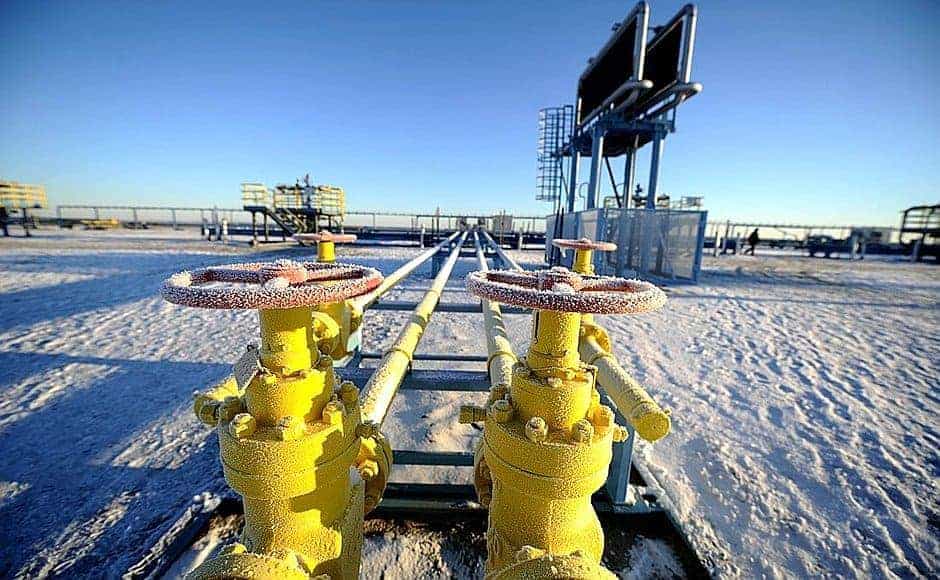In a shock turn of events, despite OPEC announcing, along with its allies, that they would reduce their collective oil production by 1.2 million barrels daily, the price of crude has collapsed. The North American benchmark West Texas Intermediate (WTI) is trading at well below US$50 per barrel to be down by 19% for the year to date. This has had a marked impact on the value of oil stocks with many plunging sharply in recent weeks. One quality upstream oil stock that has fallen substantially to be down by 56% for the year to date is intermediate oil producer Whitecap Resources (TSX:WCP).
Attractive light oil assets
Whitecap is focused on light as well as medium oil production from the Viking and Cardium plays in southwestern Canada, which means that, unlike oil sands companies, the driller isn’t impacted by the crisis surrounding Canadian heavy oil. The driller has oil reserves of 483 million barrels, which have an after-tax value of $5.4 billion, or roughly $13 per share, which is more than three times its current market price. This highlights the considerable upside available to investors once oil prices bounce back, which they undoubtedly will do when OPEC production cuts commence in January 2019.
Solid results
Impressively, Whitecap has been able to grow production at a steady clip, reporting that it expanded by a notable 30% year over year for the third quarter 2018. That production was 84% weighted to oil and other petroleum liquids, which minimizes the impact of weak and highly volatile natural gas prices on Whitecap’s financial performance. This leaves Whitecap well positioned to achieve its 2018 production guidance of 74,500 barrels daily, which represents a 30% increase over 2017.
For the quarter, the driller reported that its profitability had expanded significantly. Its netback has grown by 29% year over year to $32.78 per barrel, although that was because of higher oil prices, which more than offset a noticeable increase in production expenses.
Whitecap’s netback was also negatively affected by a $5.69-per-barrel loss on the commodity hedges it had established to mitigate the financial impact of sharply weaker crude. The company — like many in the industry — expected oil to remain stable during 2018, and the marked rally which saw WTI eventually surge to a multi-year high of over $76 per barrel in early October 2018 hadn’t been anticipated.
Those hedges will now offset the effect of oil’s latest price collapse on Whitecap’s financial performance over the remainder of 2018 and into 2019. Roughly 55% of Whitecap’s second-half 2018 production is protected by hedges, while that figure comes to 39% for the full year 2019 and then falls to 12% for 2020. As those hedges unwind, it will allow Whitecap to benefit from higher oil prices, which are expected as a result of latest production deal.
Robust balance sheet
The driller finished the third quarter with a healthy balance sheet and considerable liquidity. It has $400 million available from an existing credit facility and long-term debt of $1.2 billion, which is a very manageable 1.7 times trailing 12-month funds flow from operations. Whitecap is targeting a ratio of between one and two times annual funds flow.
The driller’s debt profile is well laddered with no major repayments due until 2022 when $600 million of bank debt falls due. This provides Whitecap with considerable financial flexibility and the ability to comfortably weather the current down turn in oil prices.
Why buy Whitecap?
The latest sell-off, which sees Whitecap down by a whopping 49% over the last three months, has created an opportunity for investors to acquire a quality oil producer at a very attractive price. That — in conjunction with its quality oil acreage, growing oil reserves and production, solid operational profitability, and robust balance sheet — makes it an attractive play on higher oil.







